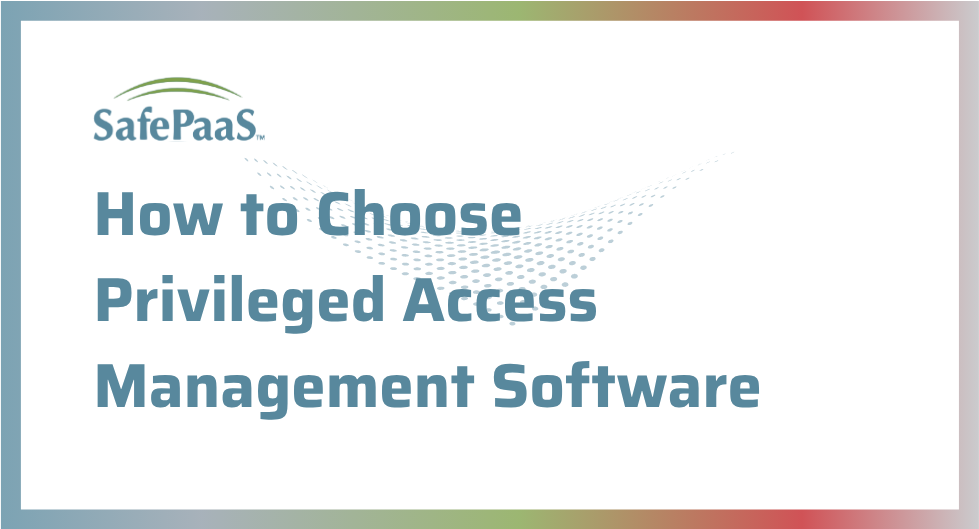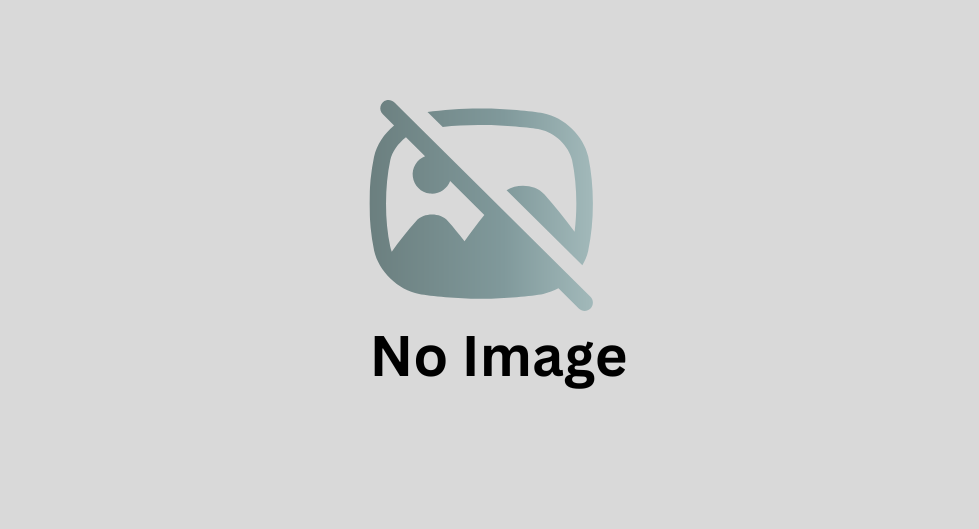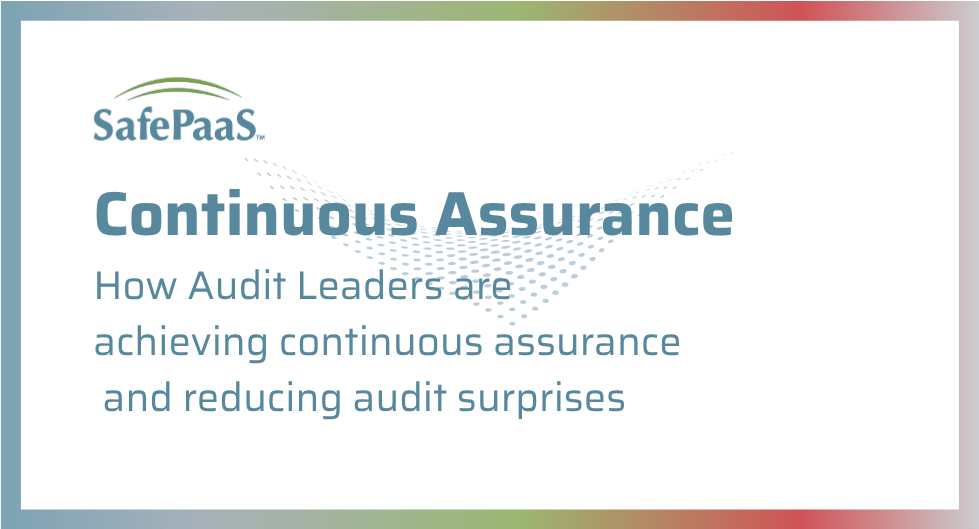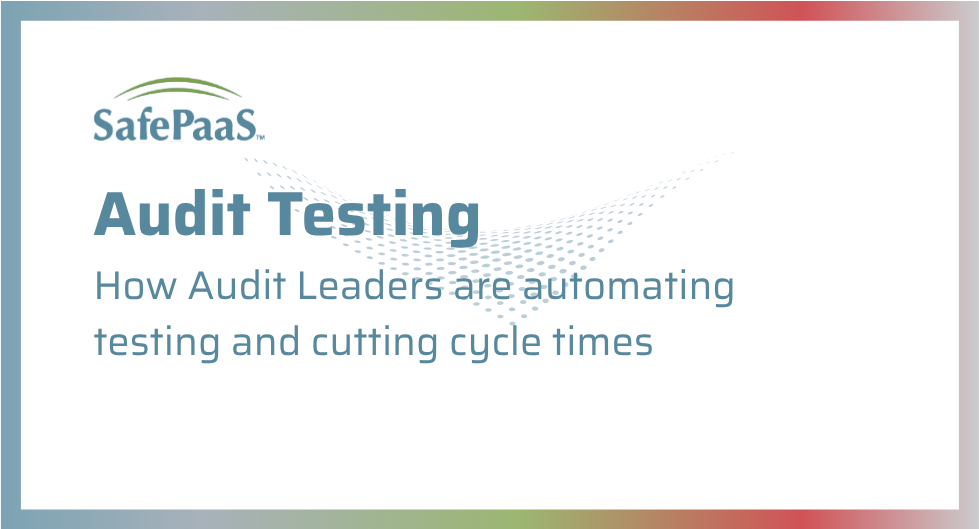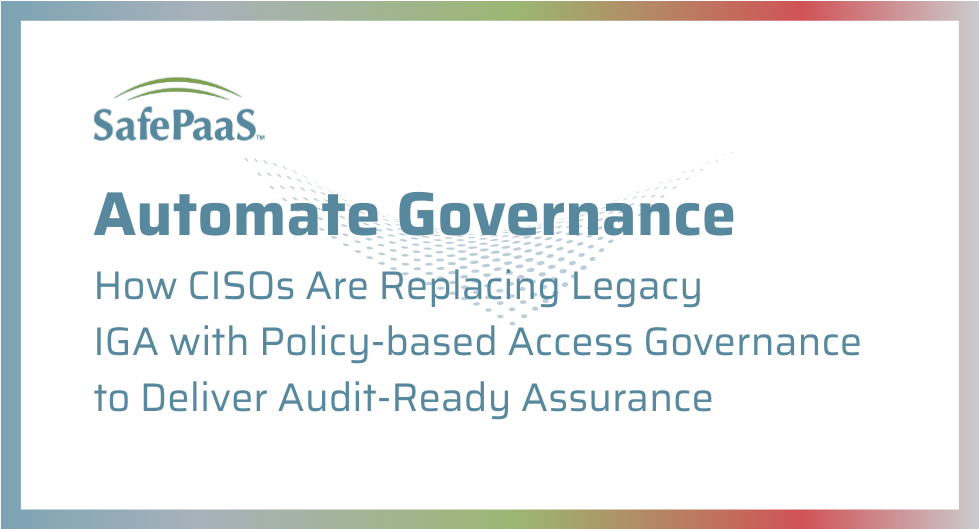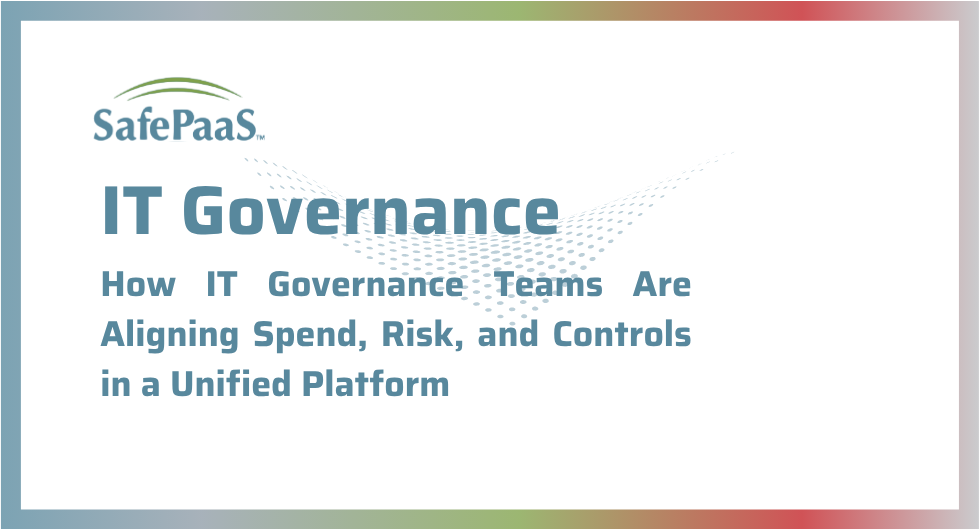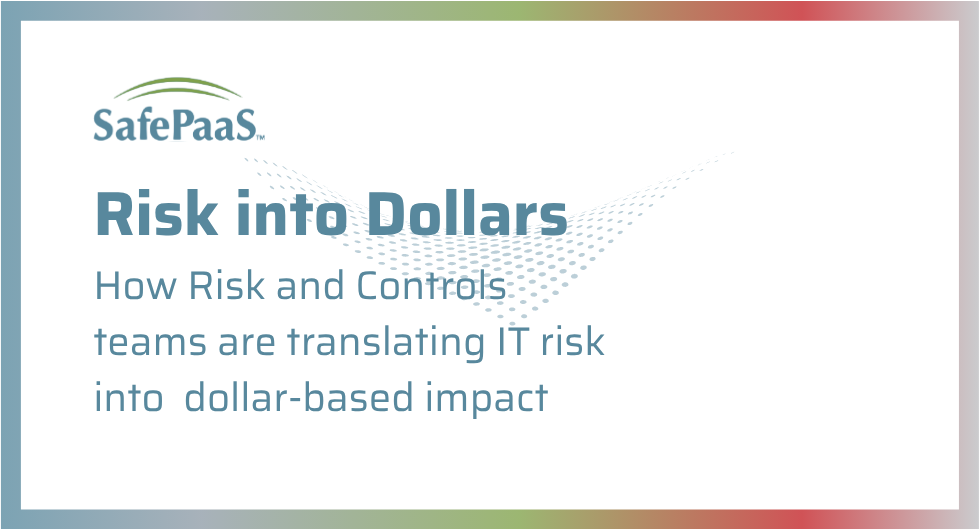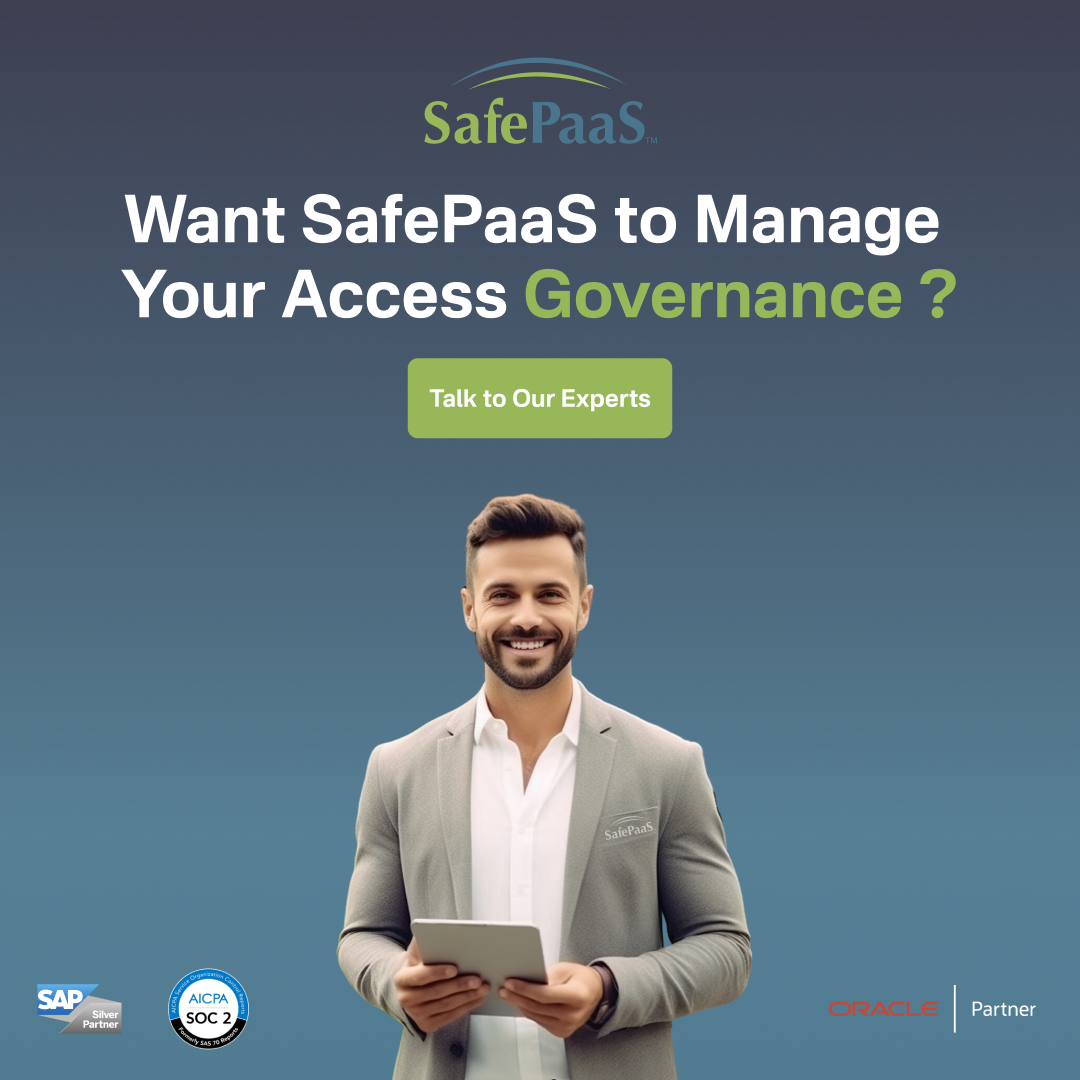What would happen if your organization’s most sensitive systems were suddenly accessible to the wrong hands by mistake or by design? Privileged access is the golden key: it can unlock efficiency, innovation, and speed, but in the wrong context, it can trigger chaos, scrutiny, and irreversible loss. The stakes have never been higher, and neither has the pressure to make the right guardianship decision.
Privileged accounts aren’t just IT assets. They are your organization’s crown jewels quietly powering your finance operations, sensitive applications, and data infrastructure. Yet, as the gatekeepers of critical control, they are also prime targets for clever adversaries and costly process lapses. No leadership team wants to be caught unprepared, explaining to stakeholders how an overlooked entitlement sent shockwaves through the business.
With solutions flooding the market, each promising seamless automation and invulnerable security, how do you cut through the noise? The answer isn’t checking boxes on a features list. It’s pinpointing which platform can turn your toughest access challenges into provable results: risk you can quantify, security you can trust, and value that earns executive buy-in.
Whether your vision is modernizing identity governance or expanding safely to new corners of the cloud, knowledge is your differentiator. Make your privileged access choice a lever that powers resilience, not just a product to plug a gap. The right decision is a force multiplier for the entire enterprise.
Assess Your Privilege Risks and Governance Gaps
Every organization’s risk landscape is unique. Before evaluating any privileged access management platform, it’s important to establish a clear understanding of your environment’s high-risk accounts, identity architecture, and existing access control measures.
Start with a privilege discovery assessment. Identify accounts with elevated access across critical systems, databases, enterprise applications, and cloud services. Often, legacy systems contain dormant or shared accounts that create blind spots in your security posture. Mapping these to business processes provides an accurate baseline of governance maturity and highlights where control gaps exist.
Once you have visibility into privilege sprawl, align your findings with compliance requirements such as SOX, NIST, or ISO 27001. Determine which controls are currently manual, time-consuming, or inconsistent. For instance, if access reviews depend heavily on spreadsheets or email-based approvals, your audit risk increases exponentially. The ideal platform should not only automate privilege monitoring but also document all activities in real-time for clean audit trails.
Key considerations in this phase include:
- Identifying risky accounts, especially administrative, service, and third-party accounts.
- Understanding how privileged credentials are stored, rotated, and shared.
- Documenting compliance dependencies to prioritize automation efforts.
Once risk visibility is achieved, your next step is to choose a solution that fits both your technical needs and governance objectives.
Evaluate Platform Capabilities Beyond Password Vaulting
A common mistake in selecting a privileged access management platform is focusing solely on password vaulting features. While credential storage and rotation are essential, a strategic solution must go much further to enforce control, oversight, and continuous risk insight.
1. Policy-Based Access Controls
Look for a platform that supports fine-grained, policy-based access controls. These allow administrators to define who can access specific resources based on contextual factors such as role, time, device, or location. Unlike static entitlements, policy models enable dynamic enforcement that adapts to changing business and compliance demands.
With SafePaaS, access enforcement is policy-driven from the ground up. This ensures that only authorized users can perform privileged actions, with every activity instantly validated against enterprise policies. The result is a governance-aligned access model where violations are prevented rather than discovered after the fact.
2. Session Monitoring and Audit Readiness
Real-time session monitoring provides visibility into privileged activities as they occur. Screenshots, keystroke logging, and video playback are tools that enhance accountability and deter insider threats. However, true audit readiness requires integration between this monitoring and your governance workflows, ensuring incident data is readily available during certifications or investigations.
SafePaaS integrates privilege auditing directly into access review processes. This eliminates silos between identity management, compliance reporting, and incident response. Instead of separately managing audit trails, your teams can access unified dashboards that correlate user behavior, system activity, and risk indicators.
3. Automation, Analytics, and Scalability
Automating routine tasks such as account provisioning, credential rotation, and access revocation reduces human error and improves operational efficiency. However, automation without intelligence can mask risk rather than remove it. Prioritize platforms with advanced analytics that flag anomalies, orphaned accounts, or policy violations in real time.
Scalability also matters. As your organization grows, your privileged access solution must adapt to hybrid or multi-cloud environments without adding complexity. Cloud-native architecture, API integrations, and flexible deployment models allow consistent control across enterprise and modern SaaS systems alike.
SafePaaS delivers scalable automation combined with AI-driven analytics that continuously scan for risk patterns, unauthorized access attempts, or compliance violations. Its adaptive design means your governance program evolves as your infrastructure does.
Align the Investment with Business Value and Compliance Goals
Technology selection must align with measurable business outcomes. A privileged access management initiative that only focuses on IT control but ignores business impact may struggle to gain executive sponsorship or budget continuity.
When evaluating vendors, assess not only the product cost but also the total value it brings across departments:
- Audit Efficiency: How many audit cycles or manual hours can automation reduce?
- Compliance Improvement: Does the platform simplify certification, ensuring continuous adherence to frameworks like SOX or NIST?
- Incident Reduction: How much can real-time policy enforcement and monitoring lower breach likelihood?
- Strategic Integration: Can the tool connect seamlessly to existing IGA, ERP, and cloud platforms?
SafePaaS allows organizations to quantify the value and risk reduction associated with their privileged access management initiatives. By integrating privileged access workflows within its broader governance suite, it provides unified reporting across policy enforcement, access certification, and identity lifecycle management. Instead of operating as an isolated control, privileged access becomes an active driver of enterprise risk reduction and compliance assurance.
Selecting the right solution is therefore about finding a partner that understands governance, not just access management. It’s about leveraging technology that provides visibility, accountability, and alignment with long-term business and regulatory strategy.
Choosing with Confidence
In the modern enterprise, privileged access represents both the greatest operational power and the most significant security liability. As attack surfaces expand and regulations tighten, effective management of privileged accounts can define whether an organization remains resilient or vulnerable.
Choosing the right provider means looking beyond product brochures and comparing architectural flexibility, policy-driven design, integration capability, and governance maturity. A strong solution should deliver not only control but also context, empowering your organization with continuous assurance that all privileged activity is legitimate, compliant, and auditable.
SafePaaS stands apart by embedding privileged access controls within a comprehensive governance framework. Its intelligent platform brings together risk analytics, automation, and policy enforcement, giving organizations the visibility they need to safeguard critical assets and demonstrate compliance with confidence.
Ready to take control of privilege risk?
Discover how SafePaaS can help your organization unify access governance, automate compliance, and protect privileged identities from evolving threats. Schedule a personalized assessment to see enterprise governance in action.
